What does a filesystem really look like?
I have visualized different file systems.
I created a new partition on a second internal hard disk (SSD) with the respective file system, copied some example files to it and then interpreted the data of the partition with ffmpeg as RGB 24-bit and saved it as an picture file. I also tested other formats, but this one looked the best.
sudo ffmpeg -f rawvideo -pixel_format rgb24 -s 2560x1440 -i /dev/nvme0n1p2 -vframes 1 filesystem-picture-ext4.png
I also added the labels using a command line tool, namely imagemagic.
convert '/home/davidak/tmp/scrapyard/filesystem-picture-ext3.png' \ -gravity South \ -font "/nix/store/0s0lnjh2yy08lwglb5zhwnp9aaad0pic-open-sans-1.11/share/fonts/truetype/OpenSans-ExtraBold.ttf" \ -pointsize 100 \ -fill white \ -box black \ -annotate +0+60 " Third Extended Filesystem (ext3) " \ output_image.png
I got the idea for this project back in 2021 from a post by Jamie where she had a similar result by forwarding the partition data to /dev/fb0.
You can open the images in a new tab/window to see them full resolution.
FAT32¶
NTFS¶
ext2¶
ext3¶
ext4¶
XFS¶
ZFS¶
Btrfs¶
Bcachefs¶
ISO 9660¶
To visualize the file system of CDs I used the image ubuntu-8.04-desktop-i386.iso.
Unfortunately I don't have a working Mac at hand to do it with its file systems (HFS, HFS+ and APFS).
As always, the images are licensed under the Creative Commons BY-SA license and can be used accordingly. I already have ideas.
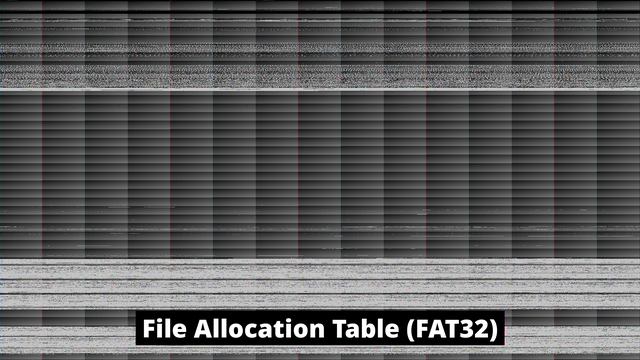
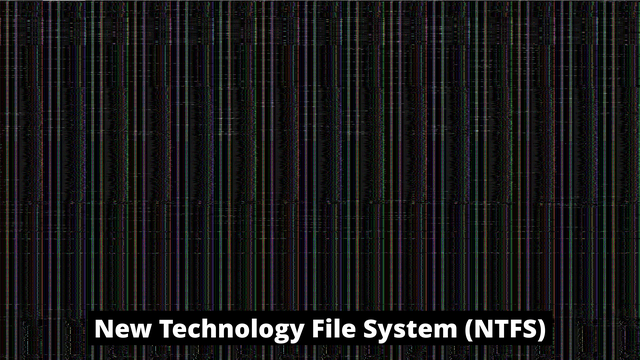
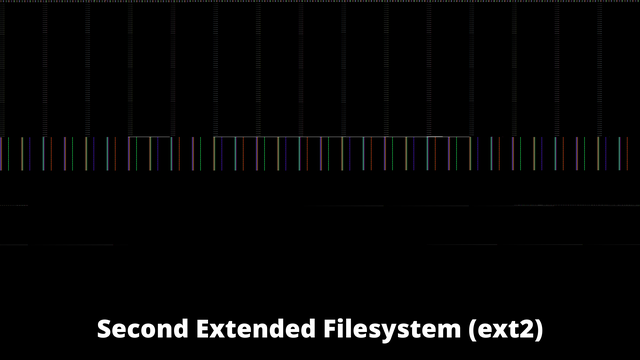

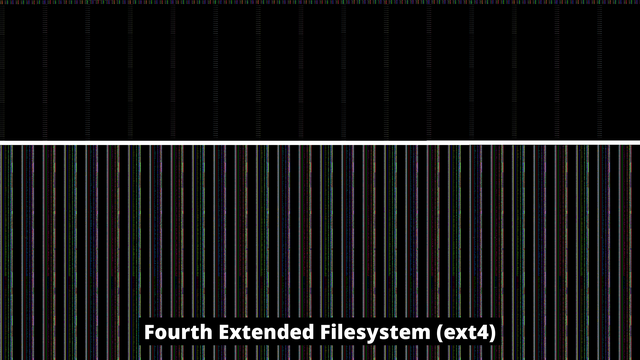
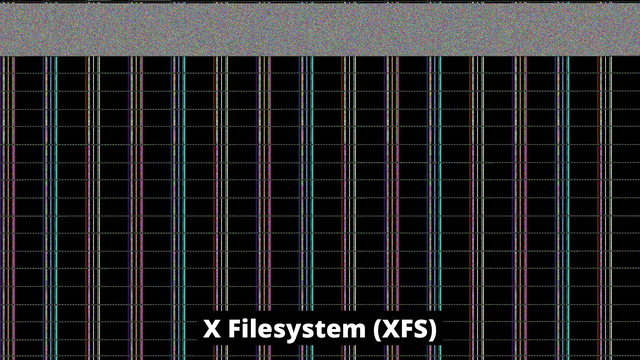
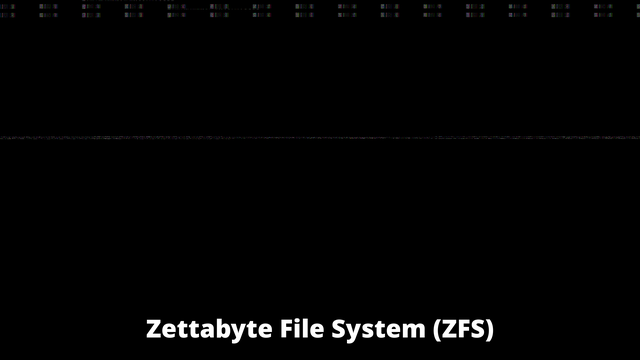
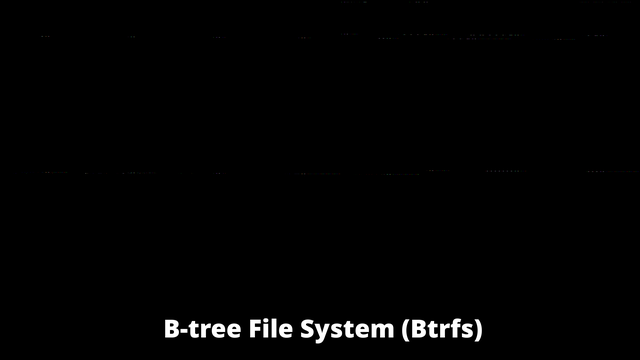

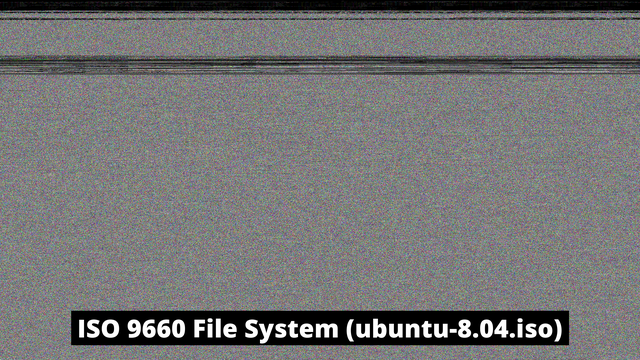
Kommentare